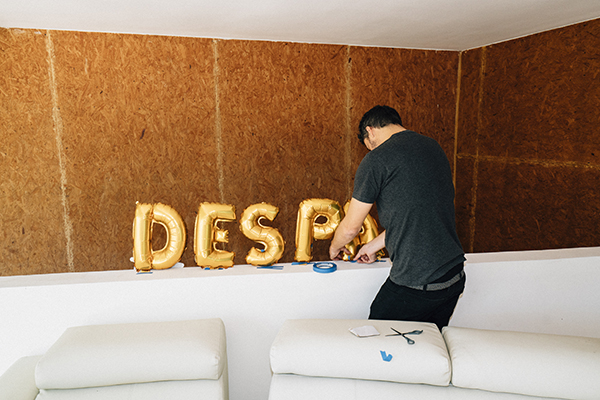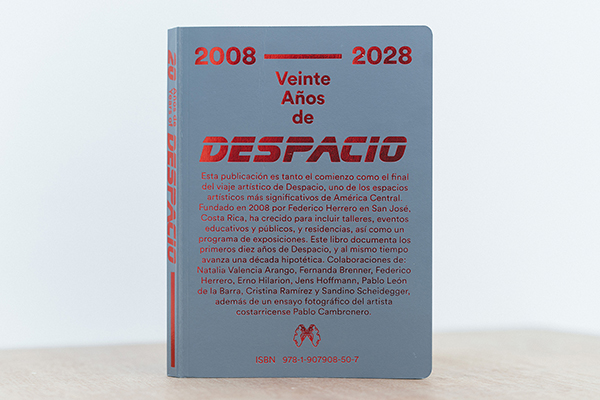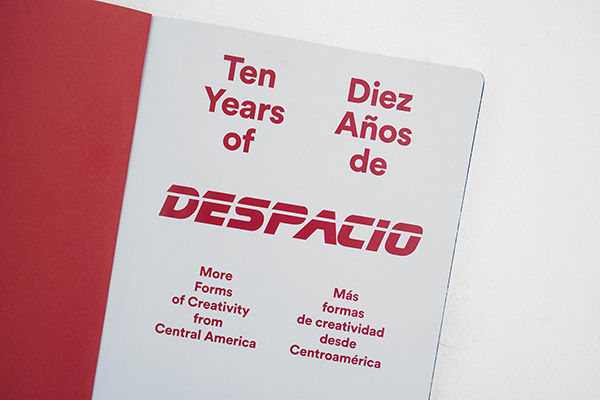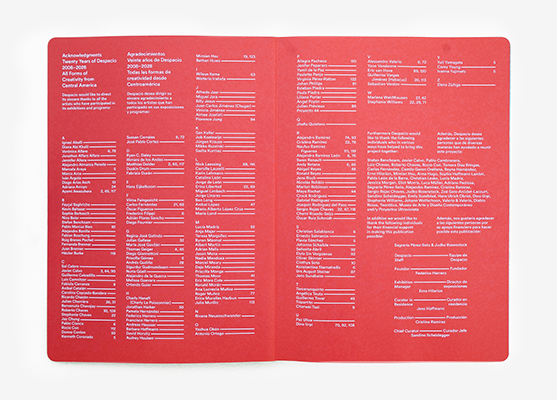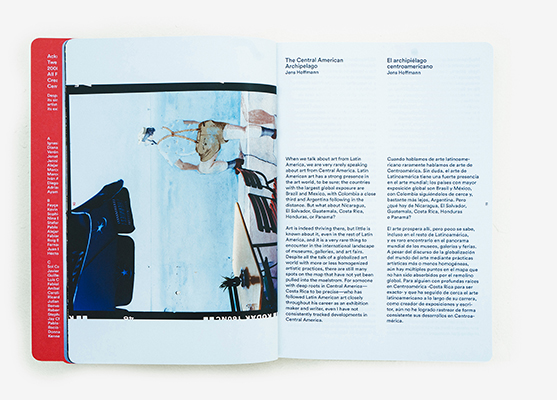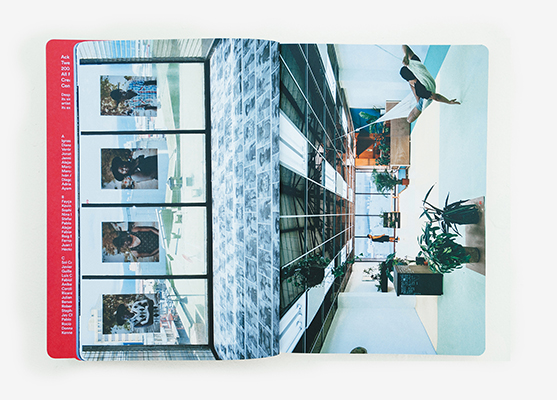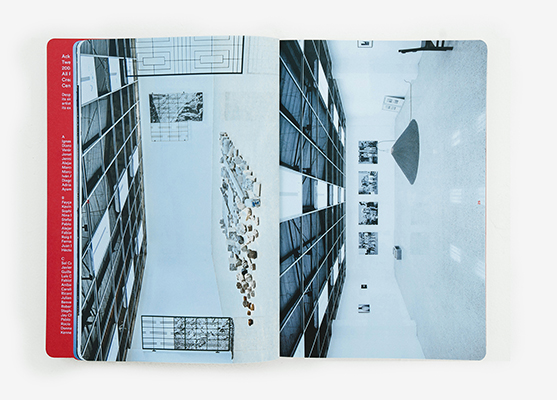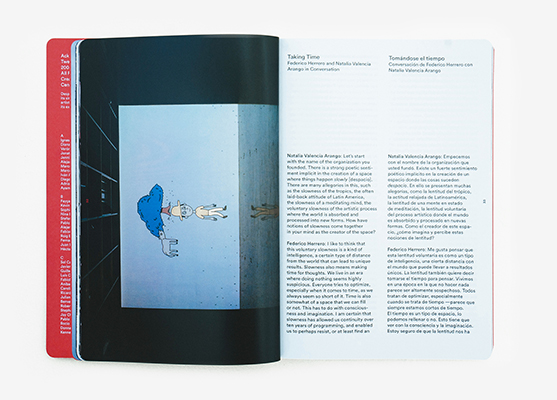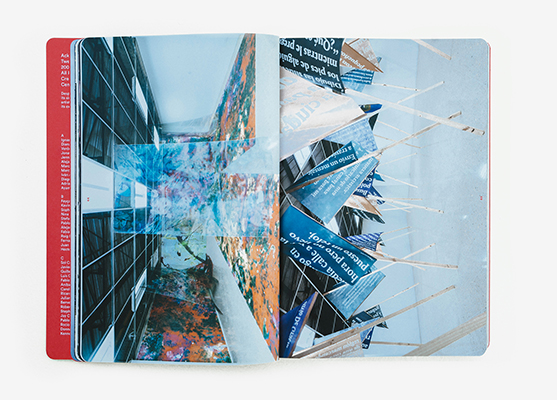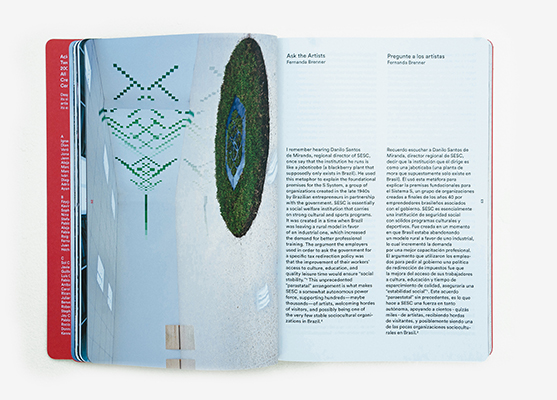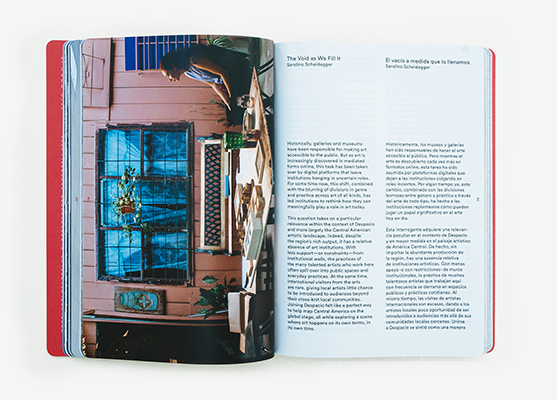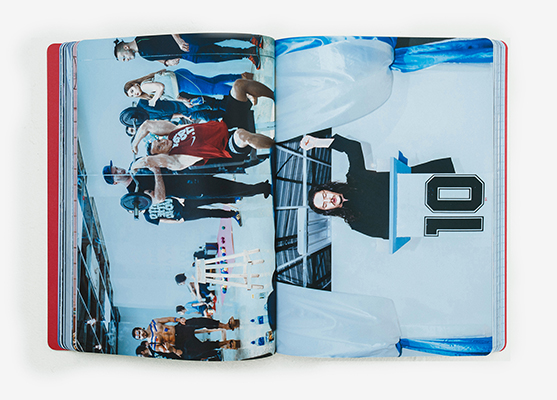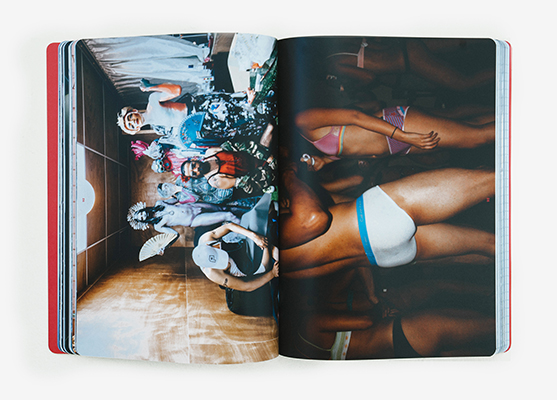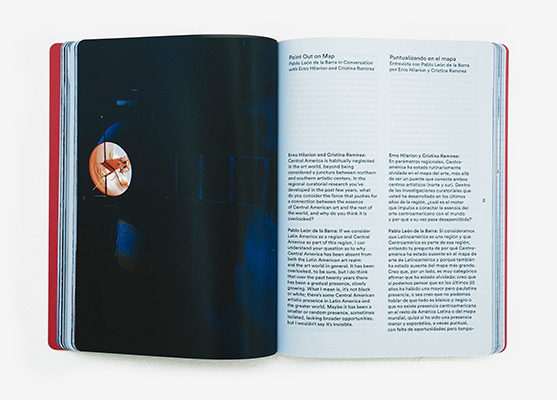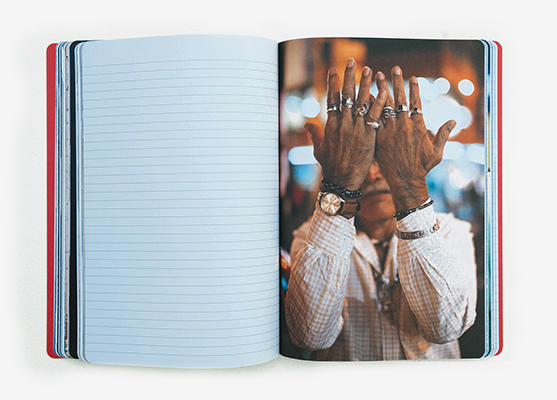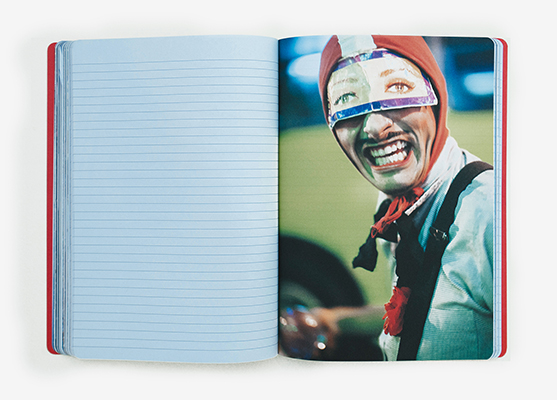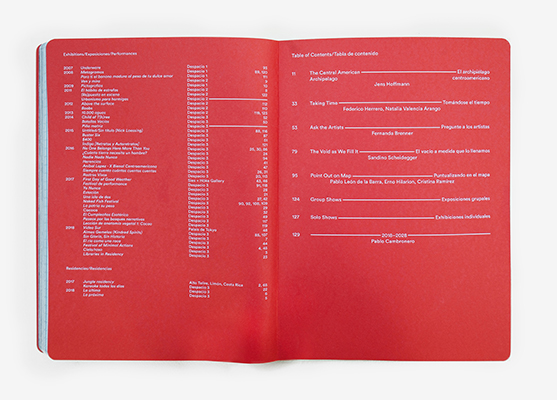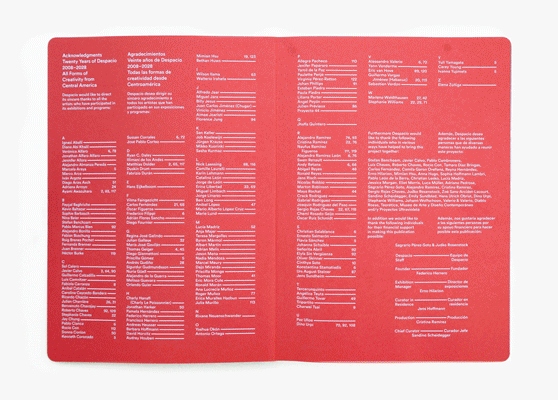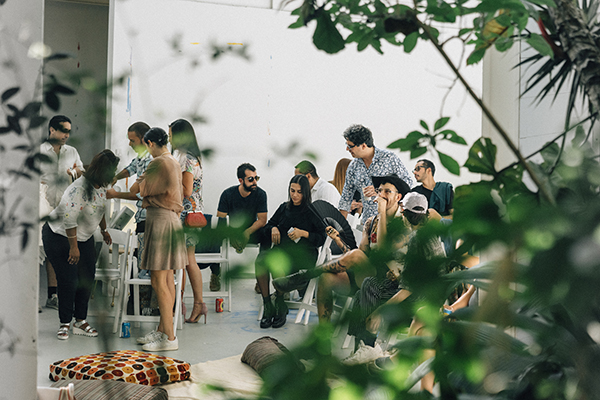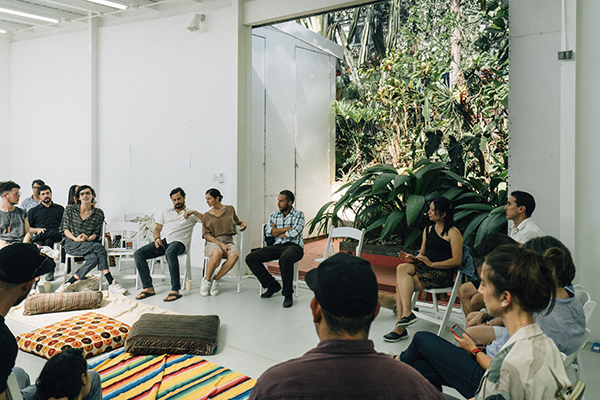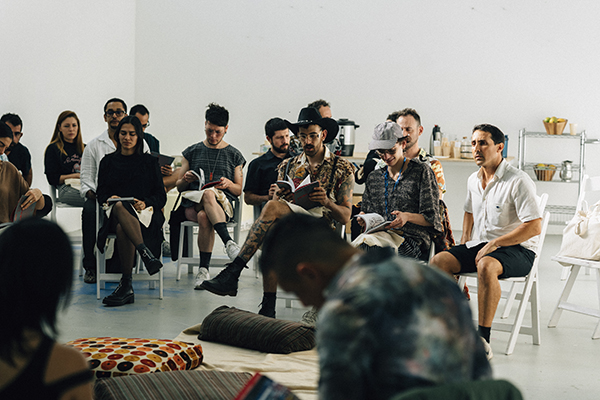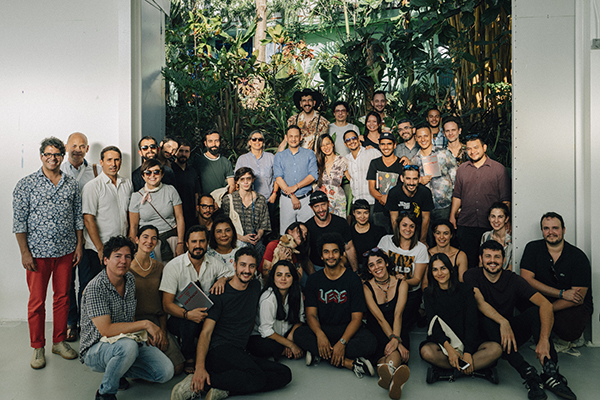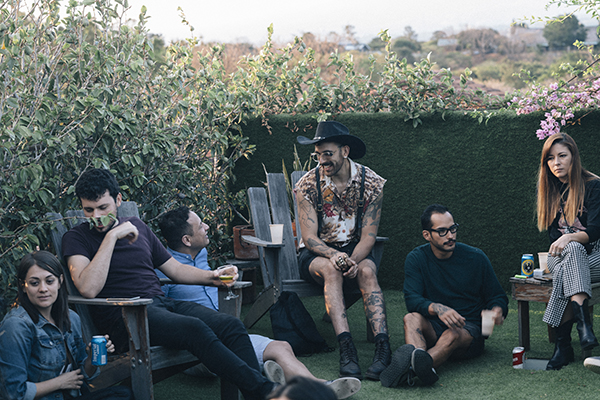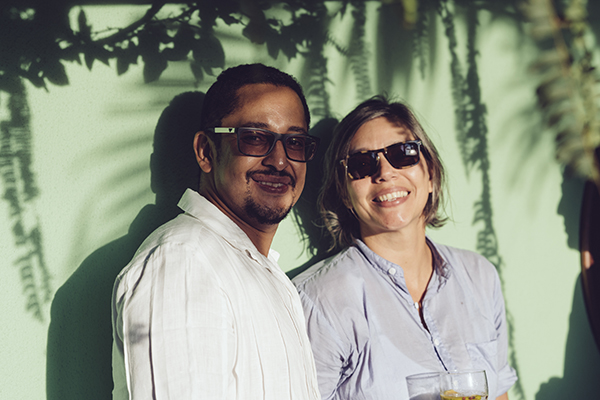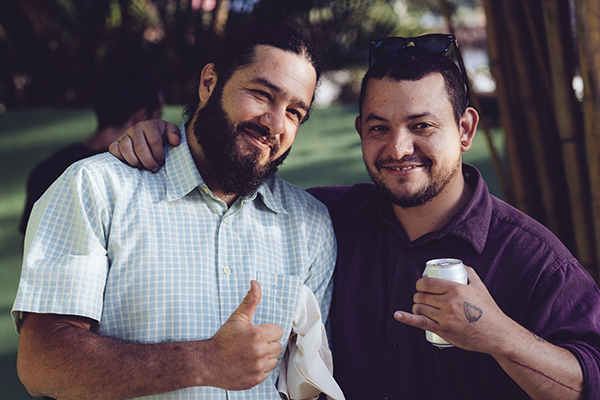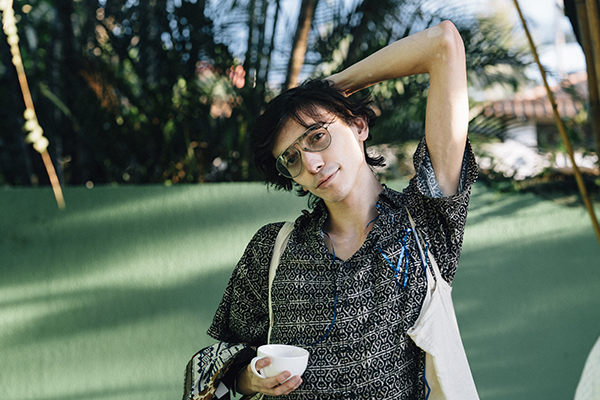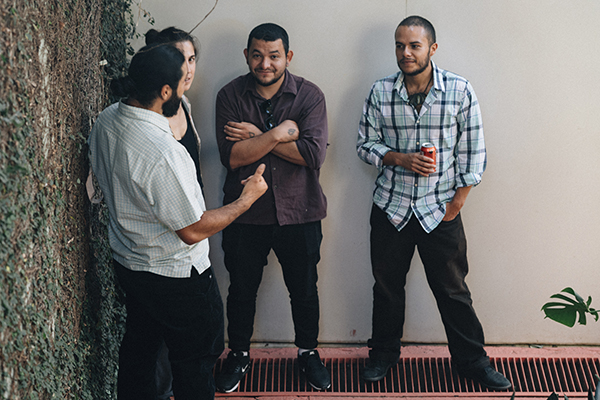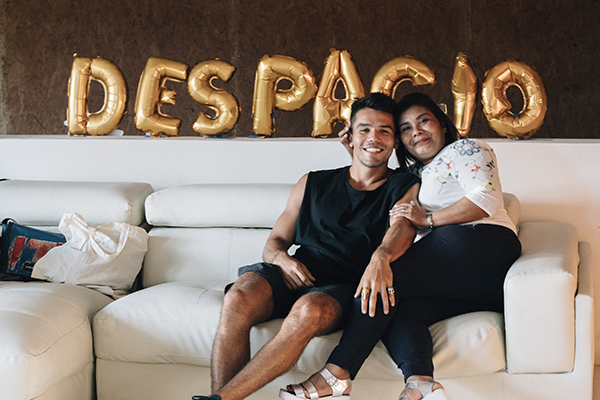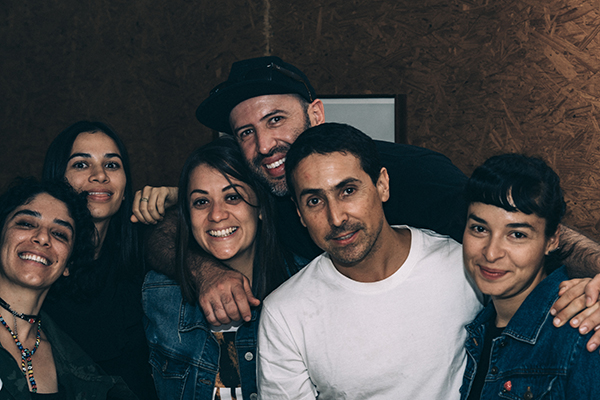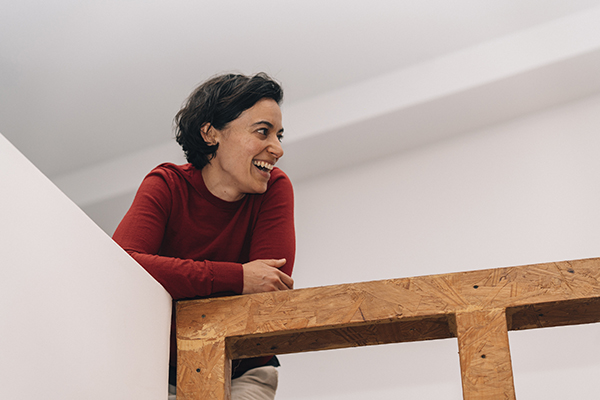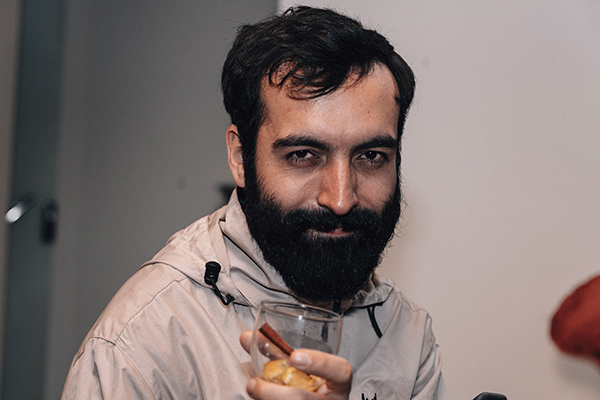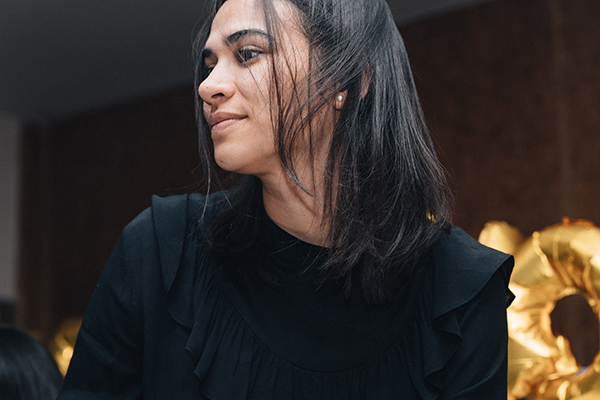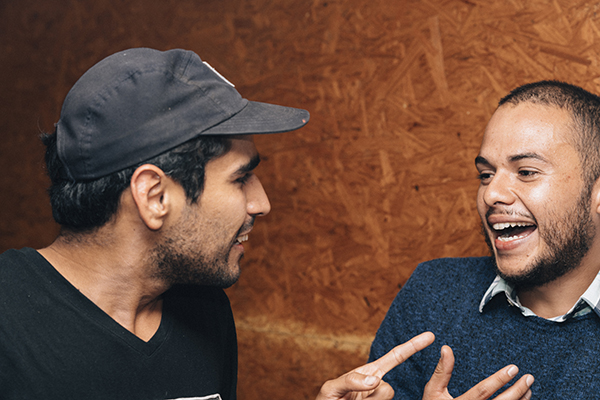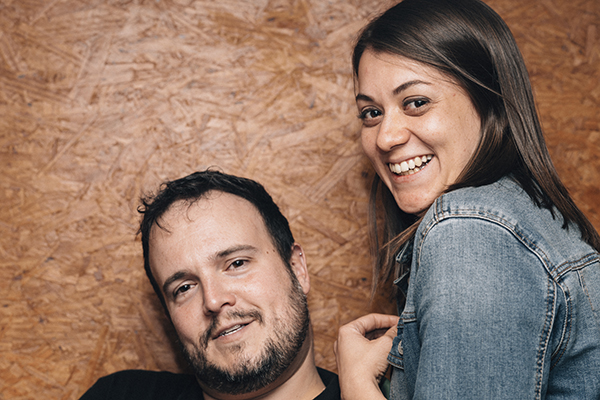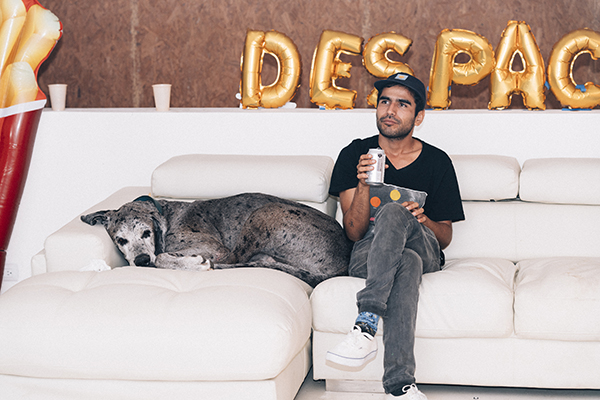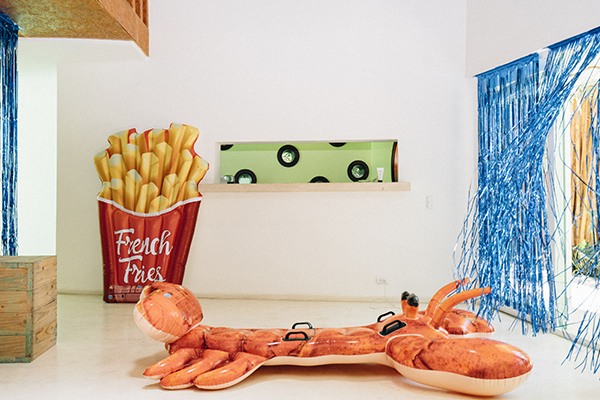From 2016 until 2019, Random Institute ran the curatorial program of the international contemporary art center Despacio in San José, Costa Rica.
This site was coded by Sarvesh Dwivedi and Emmanouil Zoumpoulakis and designed by Sandino Scheidegger.
The void as we fill it
The book 'Twenty Years of Despacio 2008–2028' marks the beginning and end of Despacio’s artistic journey, documenting its first ten years of activity and looking ahead to a hypothetical decade of new possibilities. The curatorial program of the international contemporary art center Despacio was run by Random Institute from 2016 until 2019.
We contributed the essay 'Filling the void' for the anniversary book.
ThoughtsThoughts
Contributions by:
- Essay: Fernanda Brenner
- Essay: Jens Hoffmann
- Essay: Sandino Scheidegger
- Interview: Federico Herrero by Natalia Valencia Arango
- Interview: Pablo León de la Barra by Cristina Ramírez & Erno Hilarion
- Photo Essay: Pablo Cambronero
The void as we fill it
by Sandino Scheidegger
Historically, galleries and museums have been responsible for making art accessible to the public. But as art is increasingly discovered in mediated forms online, this task has been taken over by digital platforms that leave institutions hanging in uncertain roles. For some time now, this shift, combined with the blurring of divisions in genre and practice across art of all kinds, has led institutions to rethink how they can meaningfully play a role in art today.
This question takes on a particular relevance within the context of Despacio and more largely the Central American artistic landscape. Indeed, despite the region’s rich output, it has a relative absence of art institutions. With less support, or constraints, from institutional walls, the practices of the many talented artists who work here often spill over into public spaces and everyday practices. At the same time, international visitors from the arts are rare, giving local artists little chance to be introduced to audiences beyond their close-knit local community. Joining Despacio felt like a perfect way to help map Central America on the global stage, all while exploring a scene where art happens on its own terms, in its own time.
True to its name, Despacio invites spectators to slow down. Though this sounds simple, it requires the kind of vision, endurance, and generosity that only someone like Federico Herrero, the space’s founder, could maintain over more than a decade of activities. If Despacio is unique among art institutions, it is above all because of the time it gives art. Since its founding, the space’s exhibitions have allowed for the kind of reflection and debate that, although vital as ever, are increasingly scarce in contemporary discourse.
My aim as curator at Despacio was to pursue absence in three acts, unfolding over three years of artistic production and research that would echo the voids I came across when arriving. It began with The Absence of Logic (2016), followed by The Absence of Division (2017) and concluding with The Absence of Art (2018). At the end of the program, Despacio was to close its doors to make way for new endeavors. Not because it must but because it was time to do so, before Despacio became too heavily institutionalized and lost sight of its founding spirit.
Each act brought together exhibitions, happenings, and interventions in parallel with changing Libraries in Residence centered on the experience of absence. A library’s theme was chosen for its potential to open opportunities of continuous exchange between artists and curators, one in which each group’s specific roles could be blurred or even abandoned. Although the libraries functioned independently, they served to echo the program’s main principles.
The Absence of Logic
In 2016 Despacio plunged into an ocean of paradoxes and possibilities, freed from any injunction to make sense of the world. Bringing together works of art, correspondence, and traces of actions and happenings, the art space left convention behind and let itself be guided by the invigorating swell of free thought.
Though conceptual thinking often comes to the forefront of artistic practice and reception, this opening section of the program was intended to explore corners of the art world that were less concerned with making sense and more with breaking it.
How can absence function as a creative generator in the practice of art? And to what extent can this practice access truth without passing through conventional logic? In many ways, art builds its own forms of reasoning, finding truth in feeling, difference, and plurality rather than linear demonstrations or rational argumentation.
Art does not make sense but opens it up to us. It is this unbound logic, this meaning in absence, that Despacio sought to explore alongside local and international artists of all kinds over the course of 2016. One experiment went so far as to send artists deep into the Costa Rican jungle to an isolated indigenous community where art has no context, no set meaning, and even no name in the local language. Freed from the demands of reference to any projected artistic role, those present were pushed to question their convictions and reimagine new horizons for their practices, drawing from ideas and experiences that, though seemingly far-removed from the arts, would lead all the more deeply back into them.
The Absence of Division
For its second act, Despacio opened its doors to a wide variety of backgrounds and practices, exploring the idea that art is strongest when it defies categorization within a single genre, medium, or any other set of socially defined barriers. From fishmongers to agronomists, drag queens to press photographers, designers to singers, anyone was liable to stop by and make an appearance, or a statement, at Despacio in 2017.
As Robert Rauschenberg said, “You can't make either life or art, you have to work in the hole in between, which is undefined.” It is this undefined space that the program’s second act embraced, piercing through divisions of fiction and reality, private and public space, and personal and collective experience.
In this absence of divisions, Despacio sought to actively blur, break, and reconfigure the mental and physical barriers of its visitors, making it impossible to establish with certainty where, or when, art begins and ends.
For three months, Despacio was taken over and turned into an artist-run space called “Karaoke todos los dias” by local artists, including a dancer, poet, and illustrator. Guided by the intimate knowledge of what artists need to develop their work and share it with an audience, Despacio became an alternate version of itself, made by and for those whose pieces it was exhibiting, and announcing what was to come after its doors would close.
The Absence of Art
In this final act, Despacio ceased to be an art space: It became something social, generative, urging viewers to look for art beyond the institutions they typically find it in. Freed from the art it showed—and the need to show it—Despacio tested the limits of an art space’s existence. Could it continue to thrive without hosting physical exhibitions, or would it steadily lose the drive, and substance, that gave it life in the first place?
Artists were invited because they made art outside of institutions, focusing on the beauty and generative power nestled in everyday spaces or interactions. As each of their interventions took shape, artists and audience worked together to rethink the function of an art space within the local community, exploring both their own roles in the creative process and the space’s significance in the production and reception of art.
Over the course of 2018, Despacio sought to empower individuals—artists and non-artists alike—to act, think, and make art beyond its walls, in various locations around San José. The city’s chaotic streets became an open, unpredictable art space host to a range of surprising interventions, including a soccer game between artists and curators, a police film festival, and performances in bars and public parks.
Once again Despacio became an artist-run space, hosting eight studios and giving artists free reign over its curatorial program. This time its focus was on building precisely what the digital world can’t: collective experience, shared memory, and unexpected encounters. In this final iteration, Despacio gave art not only the time it needed to grow but also the energy to do so, focusing on the kinds of human exchanges that can’t be refracted through bits and bytes.
In the end Despacio itself was to vanish, closing its doors to make way for new endeavors. What will become of its absence? Perhaps, as the great Argentinian poet Antonio Porchia wrote, we will only “become aware of the void as we fill it.”
InformationInformation
Twenty Years of Despacio 2008 - 2028 is co-published by Dent-De-Leone and Despacio and edited by Jens Hoffmann. It’s available in selected book stores worldwide and online.
It was launched in San José, Costa Rica on March 23, 2019.
ISBN 978-1-907908-50-7
